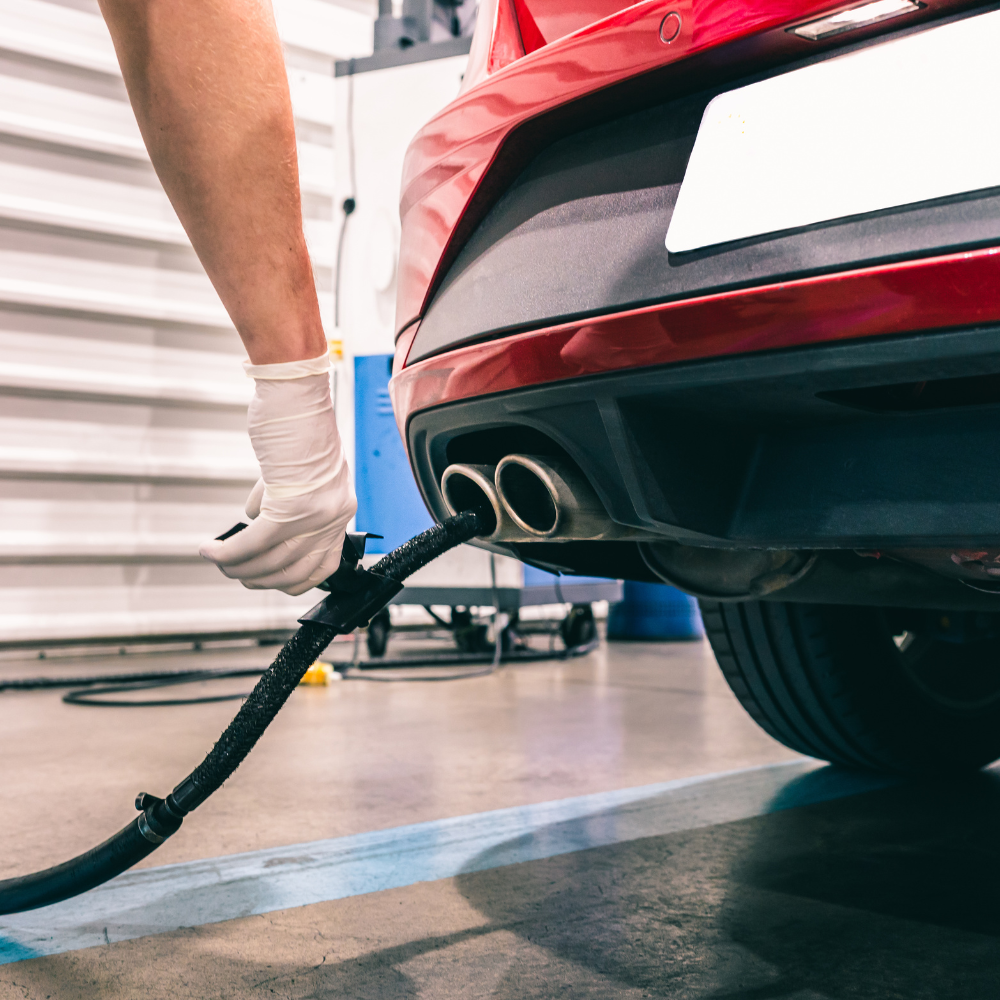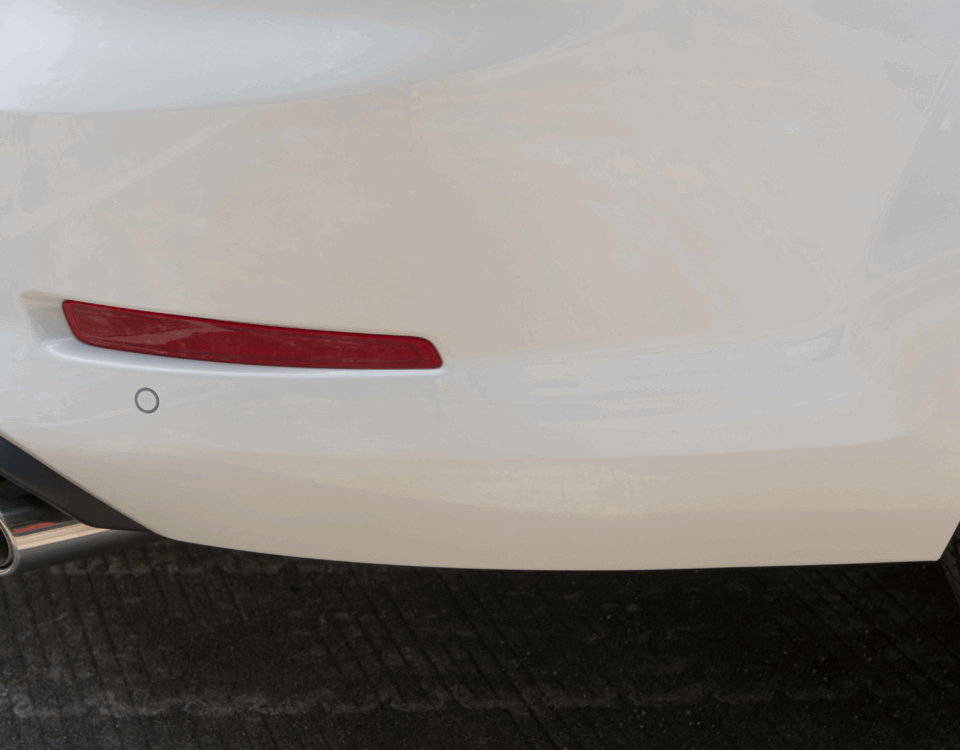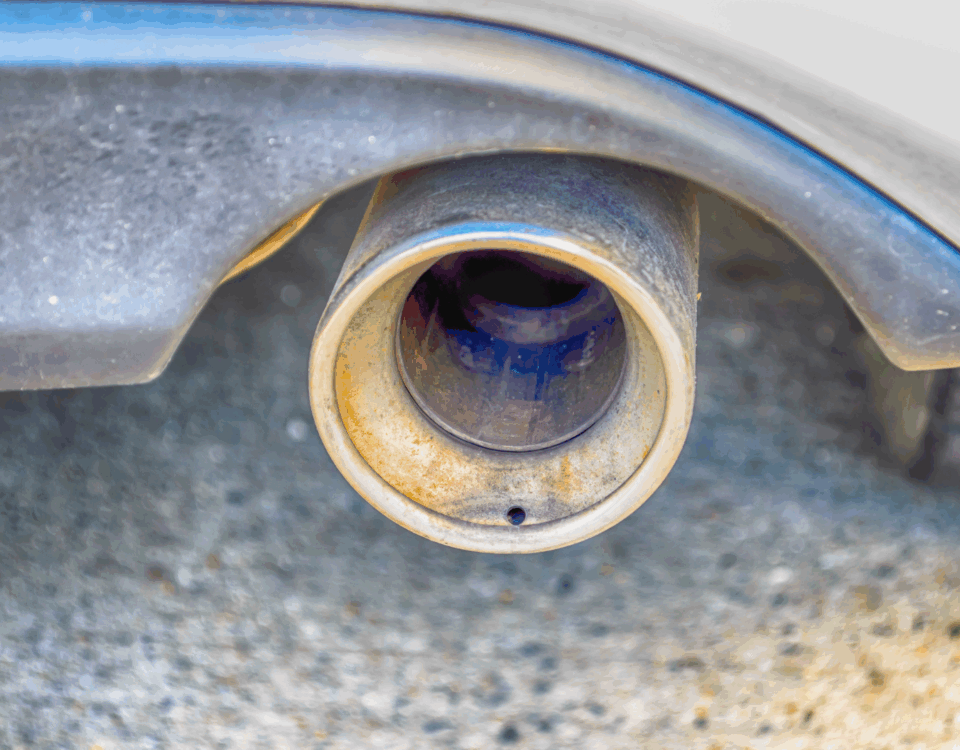
Breathe Easier Knowing Your Vehicle Passed at Our Smog Inspection Station
October 12, 2023Emission Impossible? Making Your Smog Test a Breeze with Smog All Cars!
October 12, 2023Imagine driving your vehicle into a smog inspection station with absolute certainty that you’ll drive away with a passing certificate in hand. The key to such confidence lies not in wishful thinking but in a blend of targeted preparation, knowledge, and understanding the intricate world of smog tests. Today, we bring to you not mere guidelines but insider tips straight from the experts to ensure you ace your next smog test with finesse and ease. Buckle up as we embark on a journey to demystify the smog test and pave the way for seamless inspections ahead!
Tip #1: Ensure Optimal Vehicle Health
A smog test, at its core, is a health check-up for your vehicle’s emission system. Ensuring your vehicle is in optimal health, with all systems functioning efficiently, is pivotal. A routine check-up focusing on the exhaust system, ensuring no warning lights are on, and a quick scan for any obvious issues will set the stage for a successful smog test.
Tip #2: Pay Heed to Regular Maintenance
Adhering to your vehicle’s regular maintenance schedule isn’t just beneficial for the vehicle’s longevity but also crucial for consistent performance in smog tests. Regular oil changes, timely servicing, and ensuring all vehicular fluids are at optimal levels and quality safeguard against unexpected hiccups during the smog test.
Tip #3: The Warm-Up is Key
Driving your vehicle for at least 20 minutes before pulling into the smog inspection station is an expert tip that often goes unnoticed. A sufficiently warmed-up vehicle ensures that the oil and coolant are circulating optimally and that the catalytic converter is operating at peak efficiency, essential for a smooth smog test.
Tip #4: Choose Quality Fuel and Ensure Adequate Levels
Fuel quality can influence your vehicle’s emissions. Ensure you opt for high-quality fuel and check that your gas cap is secure, as a loose cap can impact the test results. Also, keeping your fuel level between ¼ and ¾ ensures that the evaporative system, vital for the smog test, functions smoothly.
Tip #5: Pay Attention to Tires
While it may seem unrelated, ensuring your tires are properly inflated is crucial, especially if your vehicle is subject to a dynamometer test. Even tire pressures ensure accurate readings and prevent unnecessary strain on the vehicle during the smog test.
Tip #6: Timing is Everything
Understand the best time to schedule your smog test by considering factors such as your vehicle’s recent repairs, oil changes, and even the weather. Experts often recommend waiting for a few weeks post any repairs and ensuring the vehicle is driven for several miles before heading into a smog test.
Tip #7: Select a Trusted Smog Inspection Station
A reputable smog inspection station, such as Smog All Cars, ensures your vehicle is tested accurately and provides transparent, insightful feedback, regardless of the test outcome. Their expertise and customer-centric approach not only facilitate a seamless test but also guide you through any necessary interventions should your vehicle require them.
Tip #8: Decode and Understand the Report
Irrespective of the outcome, understanding the smog test report equips you with knowledge about your vehicle’s health, its emission status, and any potential areas that may require attention in the future. Ensure you ask questions and gather insights about maintaining optimal vehicular health.
Your journey through the smog test can indeed be smooth and successful, with the right preparation, understanding, and adherence to expert tips. These insider tips aim to illuminate the path towards not just a successful smog test but also towards maintaining a vehicle that consistently treads lightly on our environment. After all, every drive in a well-maintained, compliant vehicle is a stride towards clearer skies, cleaner air, and a sustainable driving future. Let’s drive ahead, with knowledge as our compass and responsibility as our guide, towards greener horizons!
Rev Up Your Engines for a Painless Smog Test at Smog All Cars!





